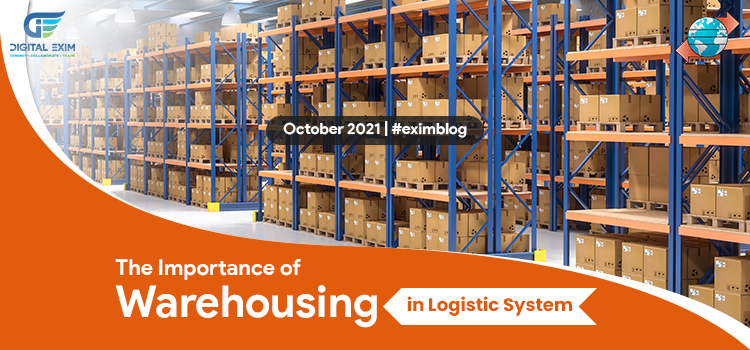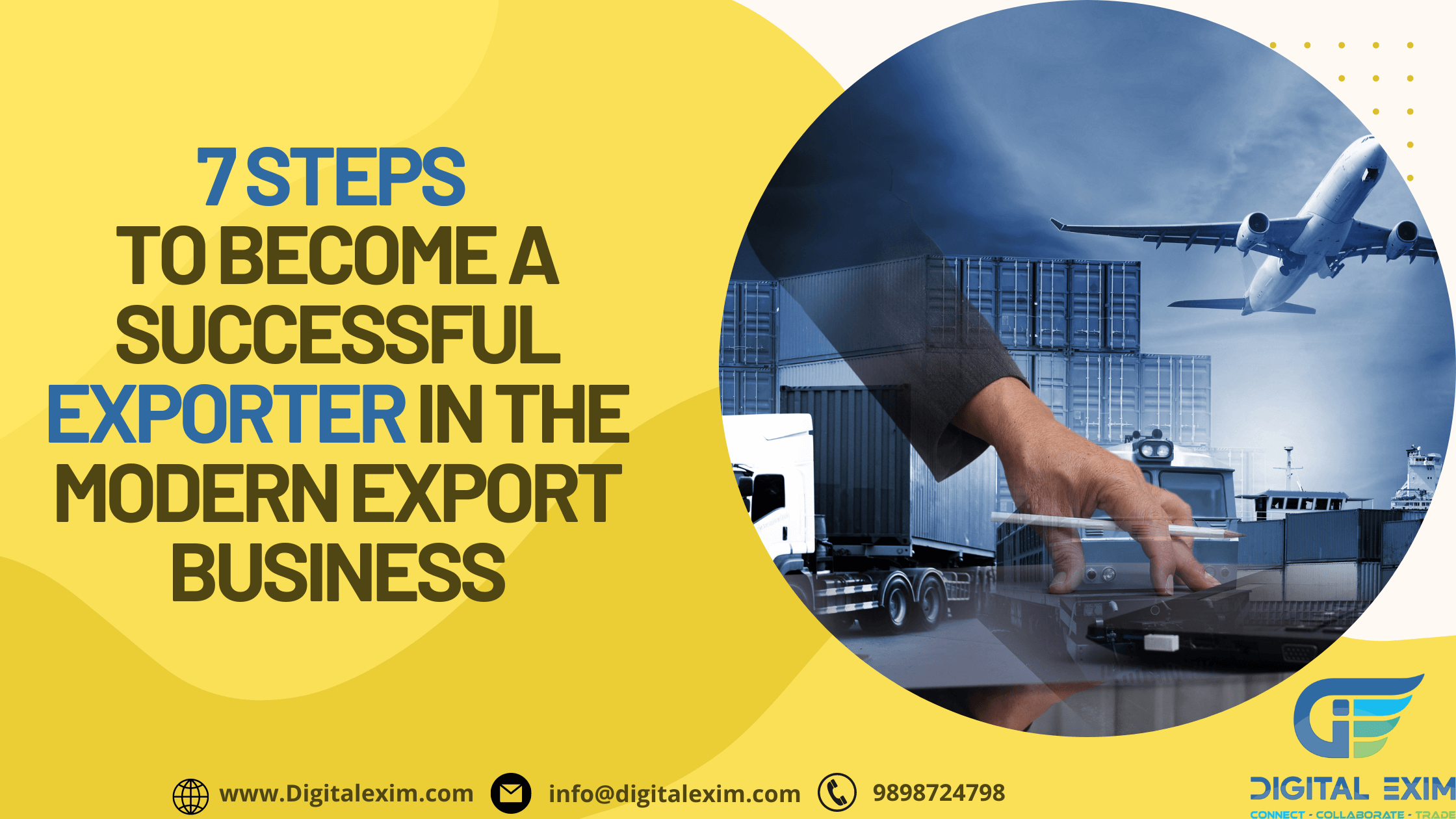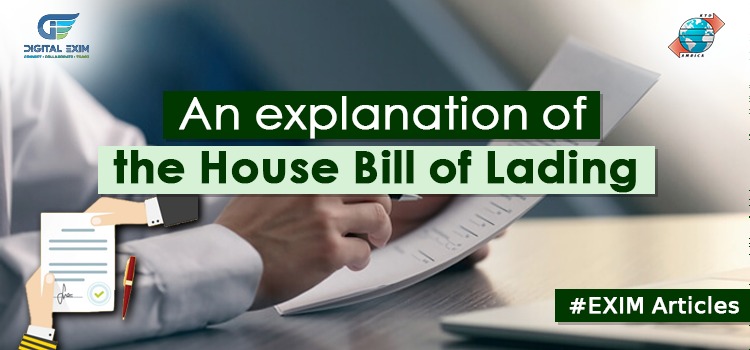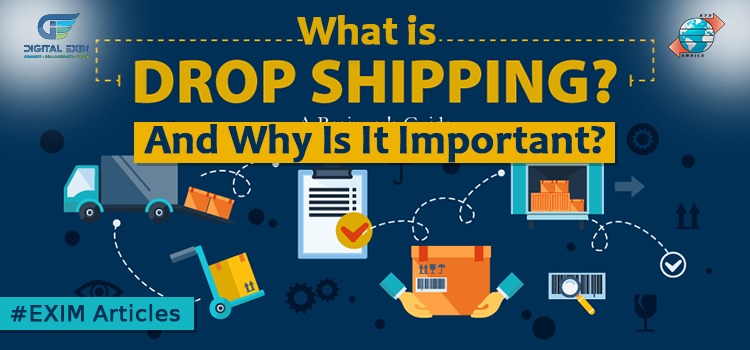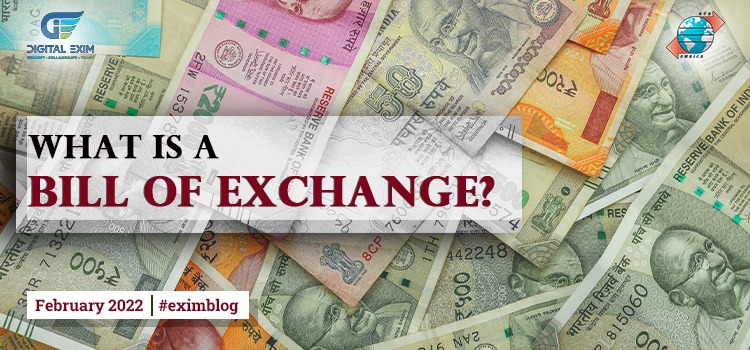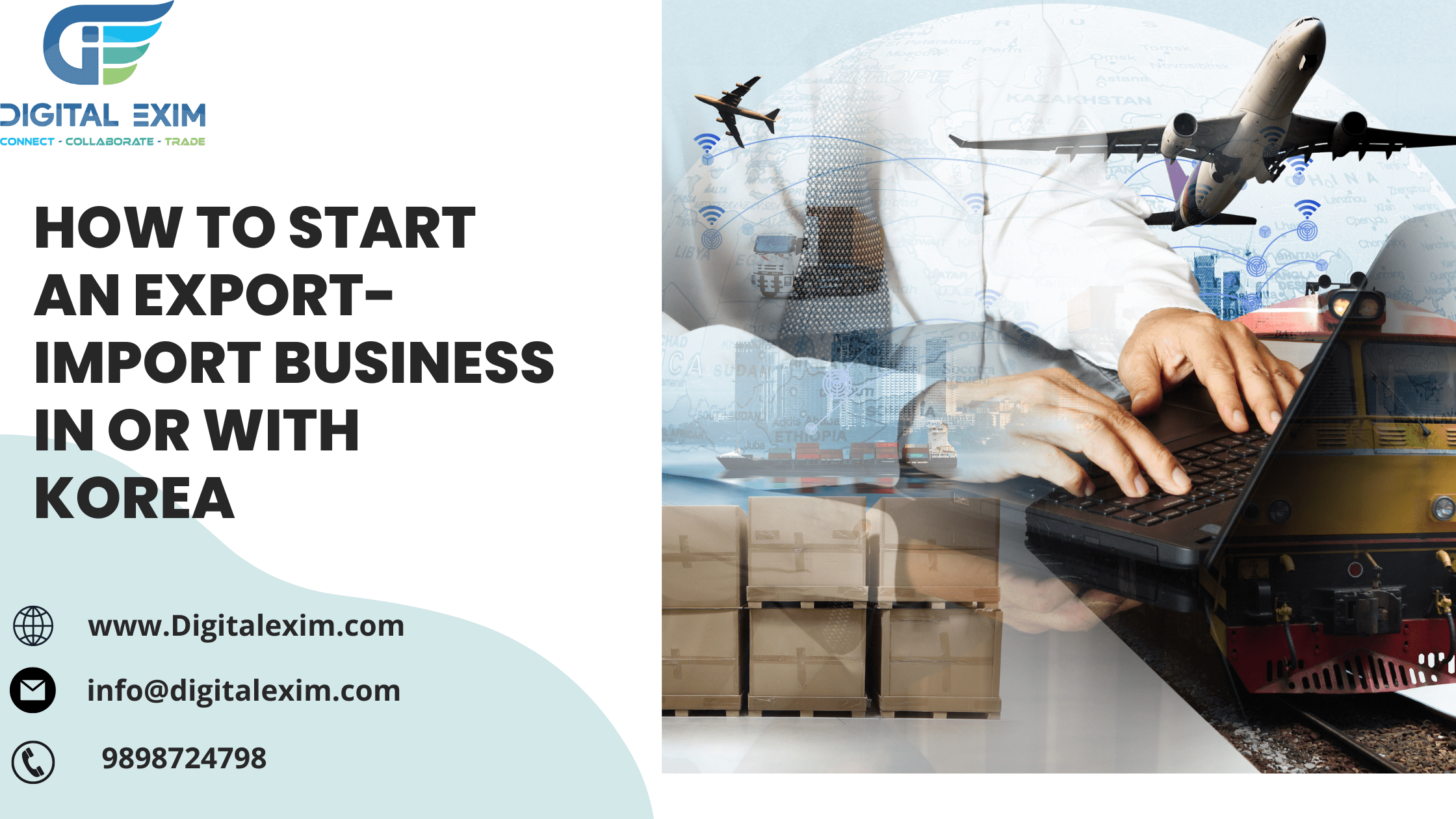Have you ever considered beginning an import-export company in or with Korea but are unsure how to proceed with the formalities? You can speak to the experts of Ahmedabad export service regarding the stages and procedures, how to successfully conduct an export-import business in Korea, what profitable import-export items and ideas there are, as well as the business culture in Korea. With a GDP of $1.8 trillion and a per capita income of 34.865 USD, Korea has the 10th largest economy overall and the 4th largest economy in Asia. There has been a huge development in the local economy – thanks to the improved transportation infrastructure systems, such as roads, bridges, and ship networks. As one of the emerging Asian dragons with a strong economy, Korea is turning into a preferred business destination. Enroll in the import-export courses online to understand more about the scope of the business.
Advantages of doing business in Korea
In terms of ICT, Korea is ranked first out of 152 developed nations. South Korea is at the top of the world in developed industries such as machinery manufacture, electronics, chemicals, shipbuilding technology, and automobiles. It is one of the nations with highly regarded educational systems, which aids in the growth of a sophisticated economy with high-paying jobs. This shows that Koreans can afford to buy high-quality goods because their average annual salary is over $30,000 in Korea. Agriculture and seafood imports are extremely important to Korea. Since Korea is essentially an island nation, it lacks sufficient agricultural land. One of Korea’s key imports is and will continue to be basic agricultural products. The main natural and energy resources, as well as rare metals and chemicals, are also lacking in Korea.
What are the downsides?
Finding foreign partners that can produce goods that match Korean standards necessary for imports, such as food products, is challenging for Korean importers. Food safety and cleanliness are held to extremely high standards, and deep processing is required. One thing to keep in mind is that Koreans are devoted to the goods made in their nation. This is not a smart move if you want to compete with domestic products. Because Koreans still favor using their stuff, regardless of how amazing yours is. You can, however, also use a variety of methods to market your goods, encourage import and export through various channels, or give Korea raw supplies. People who wish to sample products from international brands will always exist.
How to export things from Korea?
Step 1: Create the export business plan
Make sure you have a detailed plan for your export-import firm before you start anything. It’s crucial to complete market research before completing the plan. The major points of the plan should include: deciding on the best export items, determining the setup timescale, location, budget, and financials; developing a marketing and sales strategy; identifying your competitive advantages and weaknesses (SWOT analysis); and any other pertinent information.
Step 2: Select the suppliers and products for export
Find and choose trustworthy and affordable suppliers with whom you can begin working as an agent or direct trader. To achieve this, you must carry out a market analysis and have answers to the following questions: What should the product price range be?, What standard of quality should there be? Understanding the packing and branding visuals. Attend regional fairs and exhibitions for the best information. There, you can gather data from both customers and suppliers. The most crucial step is gathering market data from the perspective of the customer to ensure that all potential customer needs are met. Based on this, you can specialize (find your niche) and choose the manufacturers and suppliers who are best able to produce goods that satisfy Korean clients’ commercial and technical needs.
Step 3: Proceed with the export marketing
You must do focused marketing and sales if you hope to attract people who will ultimately purchase your goods. Your customers and the channels they use determine your marketing and sales strategies ( you should deliver the marketing messages in their channels). You can use both online and offline channels and techniques for marketing. You can publish a few product introduction pieces with material that demonstrates the integrity of your products while making it simple for customers who want to buy from you to view and be impressed by them in the chosen media channels, forums, groups, social media, and specialized applications.
Step 4: Sign the export contracts and receive the deposit
It’s important to establish a commercial contract to ensure that your exports will proceed without a hitch and meet your agreements after negotiating and receiving orders. When negotiating a contract, you must display professionalism because Koreans are meticulous, and straightforward, and demand a high level of professionalism. You should avoid making unnecessary mistakes like time lags, spelling errors, etc. Since the majority of Koreans have advanced degrees, fraud cases are rare. Nevertheless, you must exercise caution while dealing with each partner and refrain from making snap judgments about them.
Step 5: Pack the products, prepare the delivery terms and related documents
Korea has its specifications for product packaging. You must be mindful of the unique labeling regulations for each product. Korean should be used on the labels of exported goods to identify their country of origin. The following information must be listed as the primary content of product labels: Name of the product, manufacturing date, and batch information; Manufacturer and importer names and addresses; Amount; amount of units; Preservation technique; material composition.
Step 6: Buy insurance
Insurance is available for export services. To avoid transit issues if you do not employ an export service, you must get shipment insurance. Most international freight companies, like DHL, UPS, TNT, DSV, FedEx, and others, can also provide you with insurance. Typically, the insurance coverage ranges between 0.02 and 0.5% of the item’s worth. The greatest way to safeguard the contract if you don’t want to cover all potential damages is through insurance.
Step 7: Custom procedures and track the delivery
The exporter must complete the export processes through the customs of his nation. The exporter may delegate this task to a customs agent, a freight forwarder, or a transport business. Experts advise outsourcing this to international shipping providers like DHL, TNT, and DSV. You will have to pay several hundred dollars for the export declaration and related processes. Customs clearance for exports is always simpler than for imports.
How to import goods from Korea
Step 1: Identify the products to import
The demands and tastes of both Asians and Europeans may generally be satisfied by Korean items. Korean goods come in a variety. Although it may cost more than goods from China or Thailand, buyers value it more for its great quality and trust it. You must ascertain your company’s needs to choose the products you want to import. You can import electronics, computers, phones, components, clothing, fabrics, cosmetics, and food for your company.
Step 2: Find the source of suppliers
Choosing the goods you wish to import is the first stage; the next is locating suppliers and partners. Partnering with Koreans will benefit your import firm because Koreans have a good reputation. You can advertise on websites that you are looking for products or request product recommendations from others in your industry. You should look for partners who share your ideals and outlook on business when selecting partners and suppliers.
Step 3: Check the samples before ordering goods
You can email a request to try the samples to ensure the product suits your needs. The next steps might be taken once the partner or supplier approves your requests.
Step 4: Sign an international sales/purchase agreement
It’s time to prepare an international sales and purchase agreement with your supplier and agree to all the terms after making sure the products fulfill your criteria and the pricing is reasonable. All pertinent terms and conditions, including product quality and how to check it, packing method, pricing, warranty, audits, terms of payment, delivery terms, delivery schedule, and penalties, must be agreed upon within the ordering contract.
Step 5: Make payments
Once the contract has been correctly signed, you can move on with paying your provider in advance by the terms of the agreement. Experts advise paying no more than 30% in advance, and the remaining balance when the goods have been checked and are ready for delivery. Use PayPal or Alibaba payments if the supplier doesn’t deliver the items; with these suppliers, a refund can be requested.
Step 6: Track the shipment and receive the goods
The delivery party will send the products to you after you and the sales party have reached a sales agreement and payment has been finalized. You follow the shipping procedure and accept delivery at the meeting location. Depending on the laws in your country, you could have to pay import taxes



